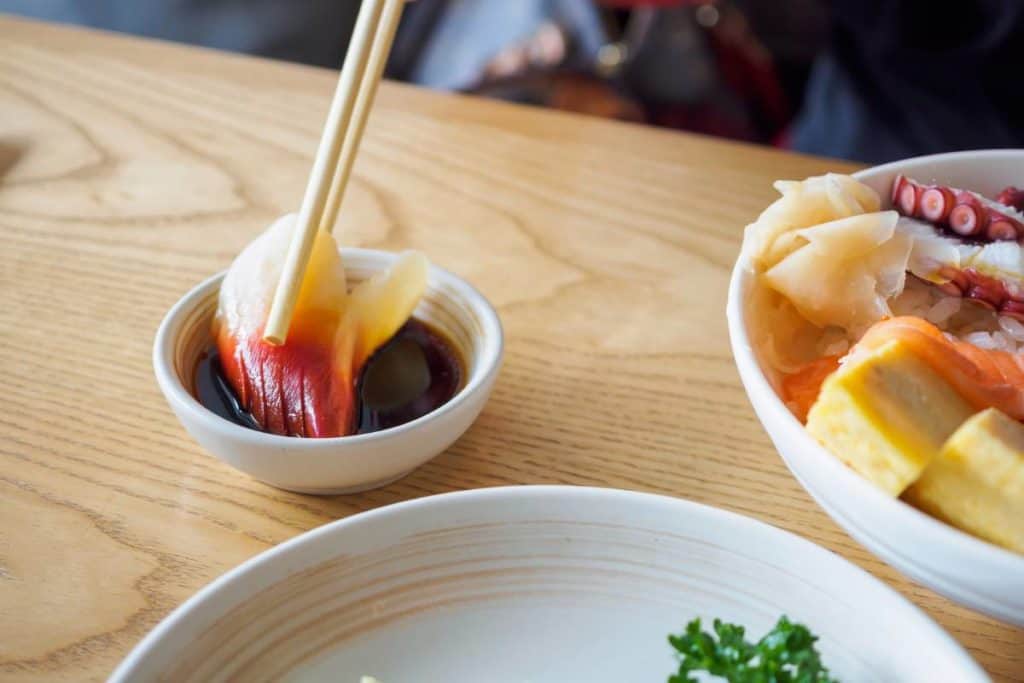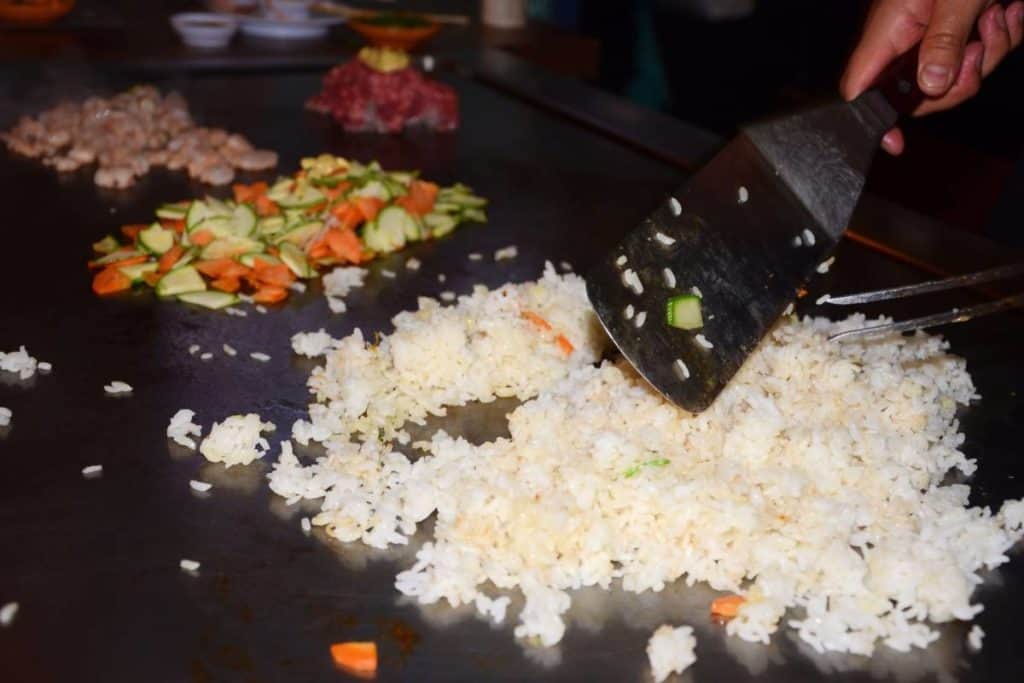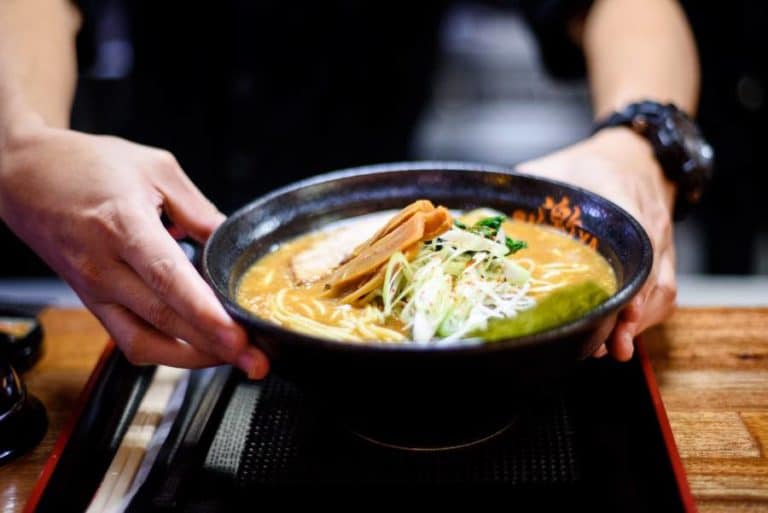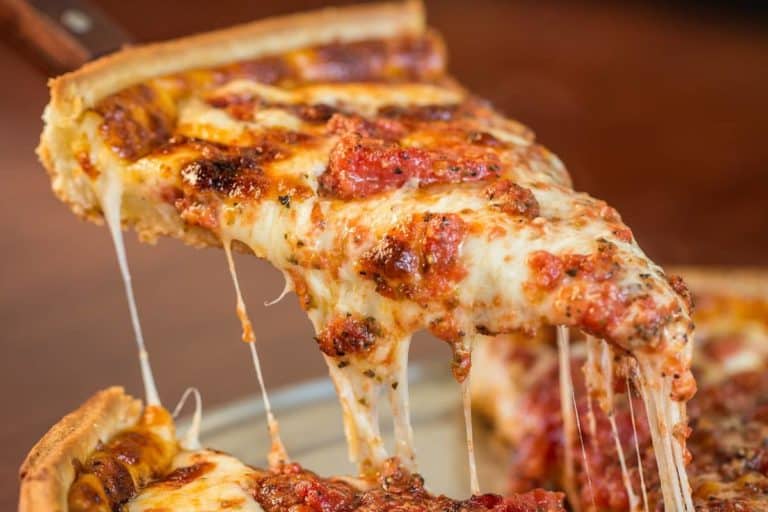Can You Ask for a Fork in Japan?
Some waiters may automatically inquire if you want to utilize a knife and spoon if you don’t appear or sound Asian or Japanese.
Because Japan is a very welcoming nation, no one will blame you if you don’t know how to use chopsticks or are unfamiliar with cultural conventions. Knowing that you are trying your best is usually enough.
If you must ask, simply say “forkeeto onegaishimasu” to politely request a fork.
Please remember that walking away with your utensils sticking out of your rice bowl when you eat in Japan is rude.
It would be appropriate to leave your chopsticks or spoon sticking out of your bowl at a 45-degree angle, only about one inch.
Do Japanese restaurants have forks?
Forks aren’t as standard at Japanese restaurants because chopsticks are typically used to eat in this culture, but if you ask before sitting down or point out which dish needs utensils other than spoons/forks when placing your order off-menu, larger chains may have them.
Why do the Japanese not use forks and knives?

The original reason that Japan did not adopt the fork for eating is because of the Buddhist philosophy that humans are not superior to other living things, nor are they worth more than other life forms.
This means that a human should not place a higher priority on their convenience. The Buddhist philosophy was spread throughout Japan in the Edo era.
People might have continued eating with their hands simply because eating without utensils is more convenient and faster, but this habit is another critical reason.
It is said that the point of Japanese cuisine is to thoroughly enjoy the ingredients and savor them in one’s mouth.
When we eat rice or other things with a fork and knife, we mix the food and lose the taste of each ingredient.
The chopsticks make it possible to eat each thing without mixing it up, making it easy to enjoy each item’s unique texture, taste, scent, warmth, and so on.
The Japanese consider eating an essential experience to fully enjoy one’s senses.
Are chopstick sets used only in Japan?

We can find similar utensils anywhere in Asia, for example, in China, Korea, Vietnam, or Thailand.
In those countries, they are a universal tool to eat almost everything. Chopsticks are not popular all over Asia, though.
For instance, people from the Philippines usually prefer forks and spoons.
Is it rude to eat first in Japan?
It’s customary to wait until everyone has been served their food before you start eating. If I’m at a Japanese restaurant with friends, we try not to eat until everyone is ready and the first dish has been placed on our table.
Waiting for other people to eat can be very awkward if nobody else around your table speaks English, as you don’t want to eat before the other party.
In Japan, eating first or even taking a bite before you’ve been asked to start eating by the person who bought the dish is considered very rude.
It’s unrefined and makes you look like a glutton at best and snobbish at worst! This is why you may often hear the phrase, “Gochisousama deshita!” (literally meaning “It was a feast!”) when someone finishes eating.
However, there is an exception to this rule:
If the person who brought the food home asks another person if they can take a bite of their dish or offer them some of their food, it’s perfectly acceptable to eat before the other person officially starts eating.
This makes sense because you wouldn’t want to dish out your homemade food if you knew that nobody was willing to eat it!
I think of it as saying “Thank you!” for buying or making the food and showing them how delicious it is.
So, don’t be too impatient the next time you go to a Japanese restaurant with friends and find yourself waiting for everyone else to start eating.
Be patient and show gratitude when someone asks if they can take a bite of your meal!
Why is it polite to slurp in Japan?
Any noise made during a meal or while eating is considered impolite. However, it is deemed to be polite in Japan to slurp noodles.
Some claim that it is because of the hot temperature of the noodles, but there are several reasons for this custom being so widespread.
For many Japanese people, making noise while eating is not considered impolite.
It stems from a long history in which one person beat a drum while another recited classic poetry or sang a song.
In this sense, the slurping noise is the harmony created by the sounds of two different people.
However, it is also said that slurping noodles brings out their flavor and stimulates the appetite.
In addition to these reasons, some think that slurping noodles show that the person eating them is enjoying them.
When you go to a ramen shop in Japan, you will notice that signs say “No slurping! ramen noodles” in English.
However, this is just a sign intended to prevent people from being too noisy while eating their noodles, and it does not follow the convention of Japanese good manners to eat noodle soups quietly.
It may be difficult for those who have never eaten noodles in Japan to understand why slurping is not considered impolite.
However, if you try eating a bowl of ramen noodles quietly without slurping loudly, you might start to feel that the taste of the soup and noodles is not fully brought out because you are being so quiet!
In short, `slurping` ramen noodles is a Japanese custom that shows you enjoy the taste to the fullest.
This will help you make friends with your neighbors when sitting next to them in a ramen shop!



